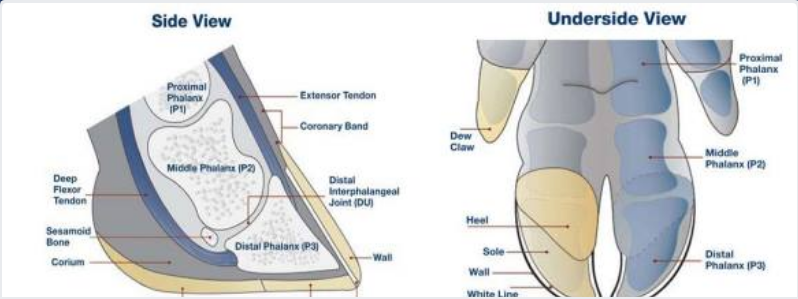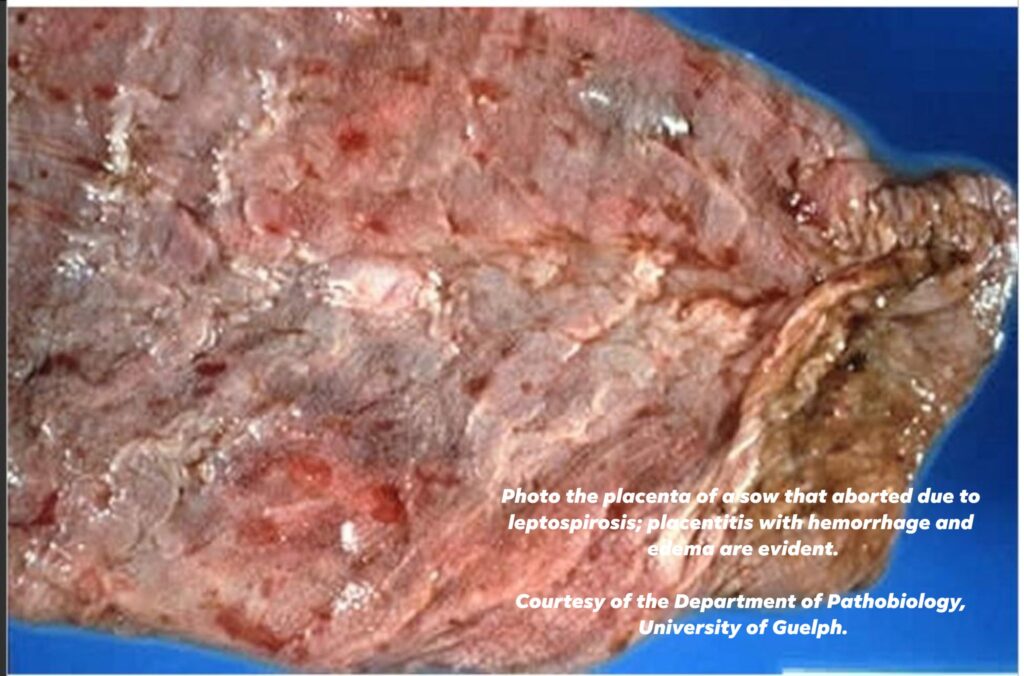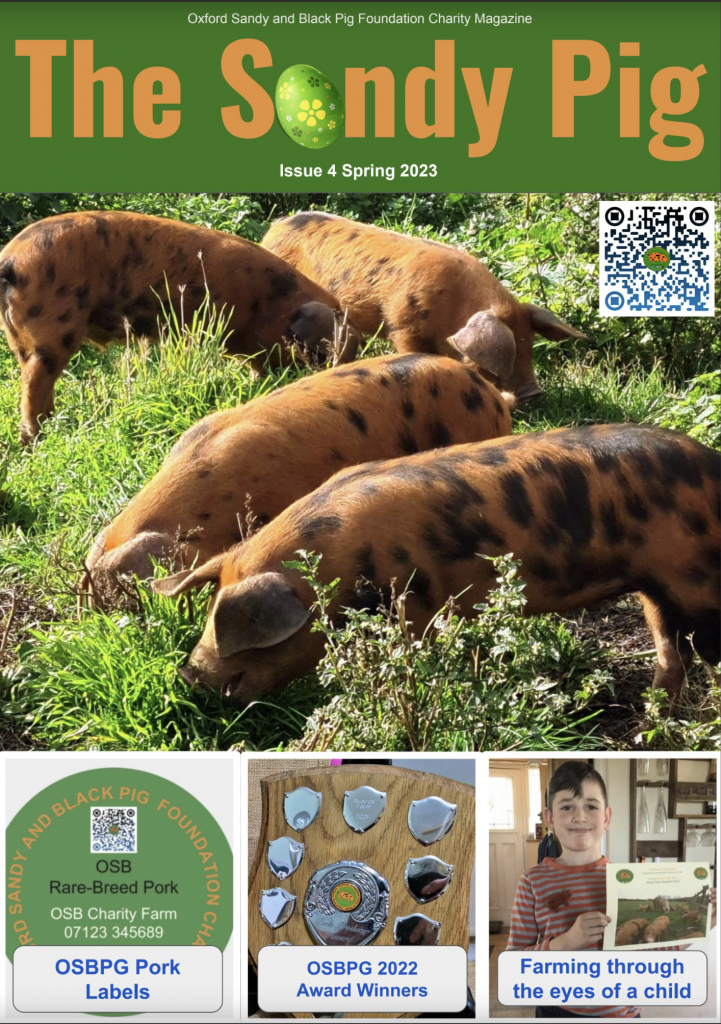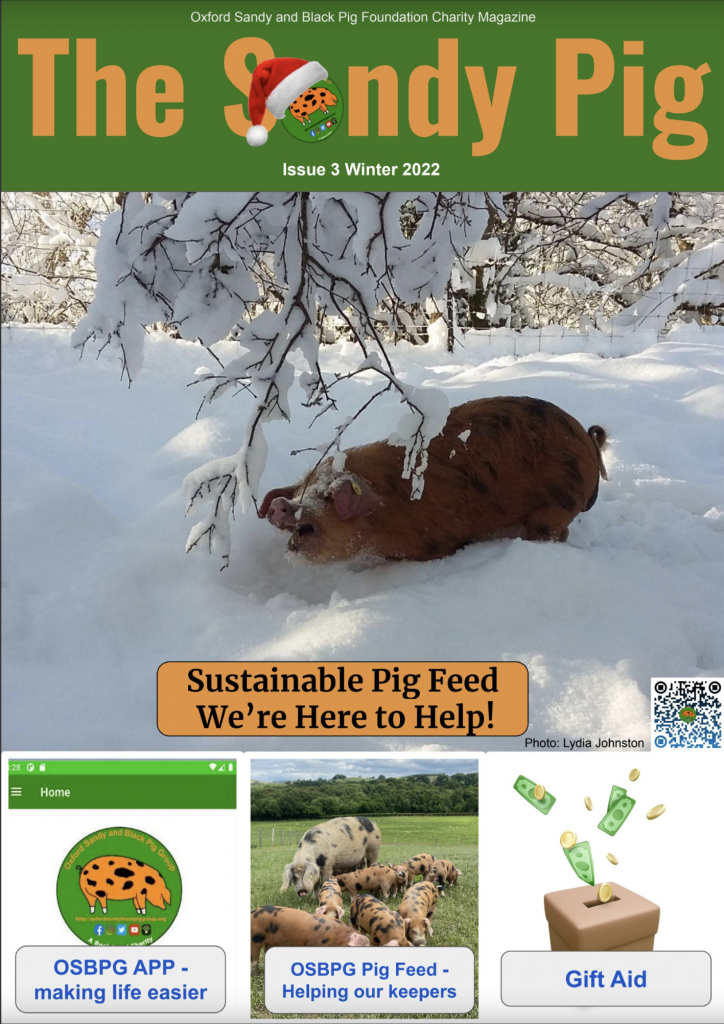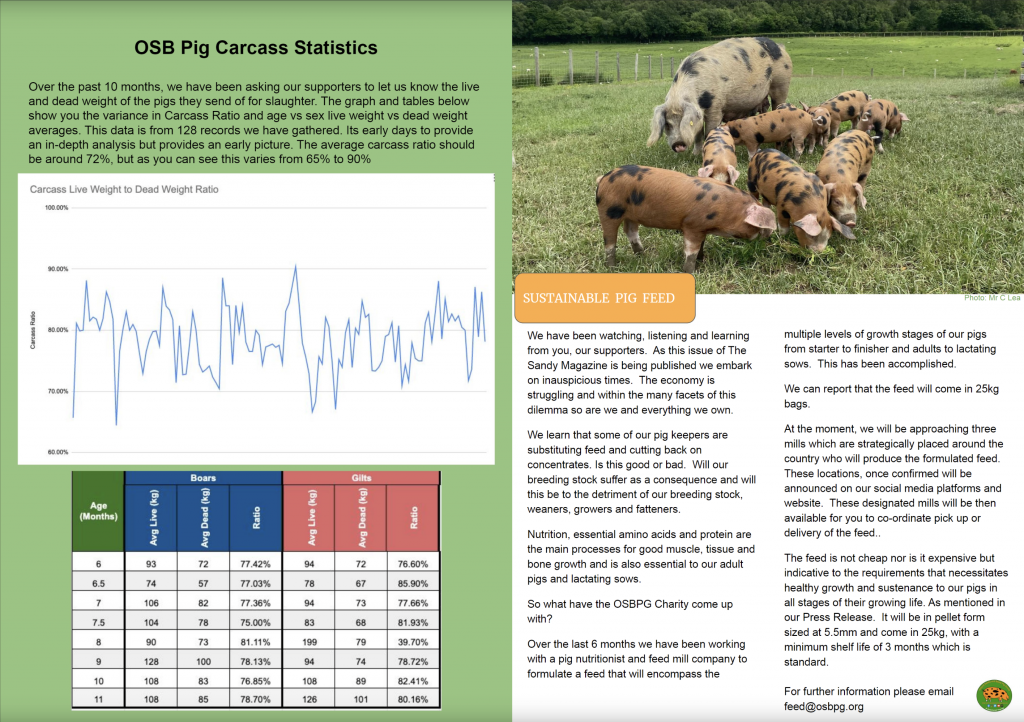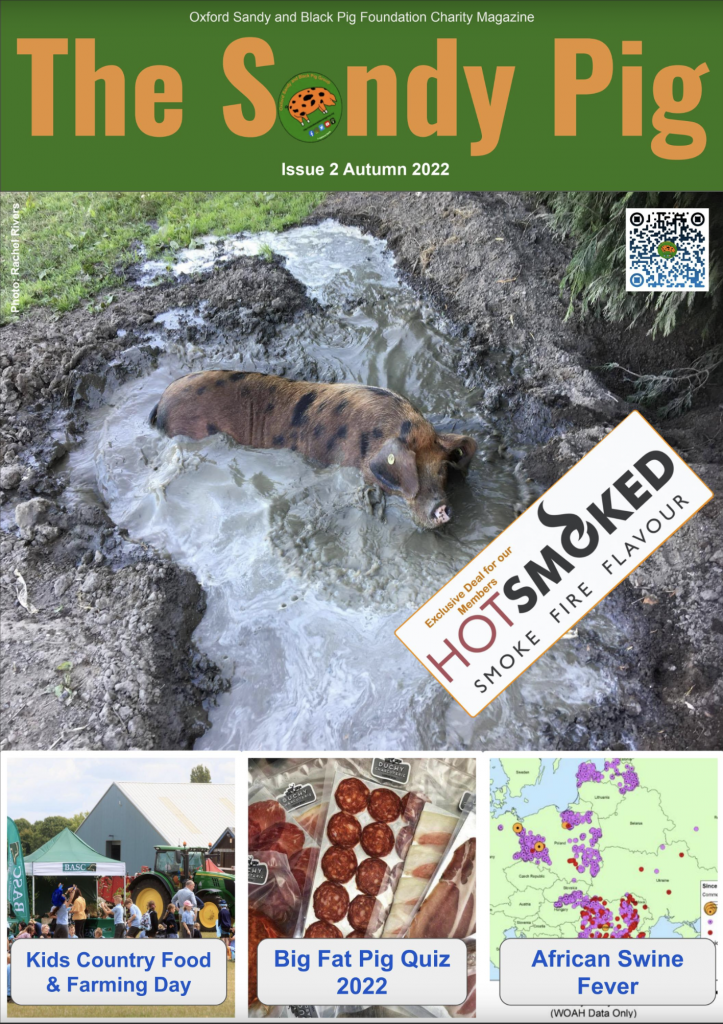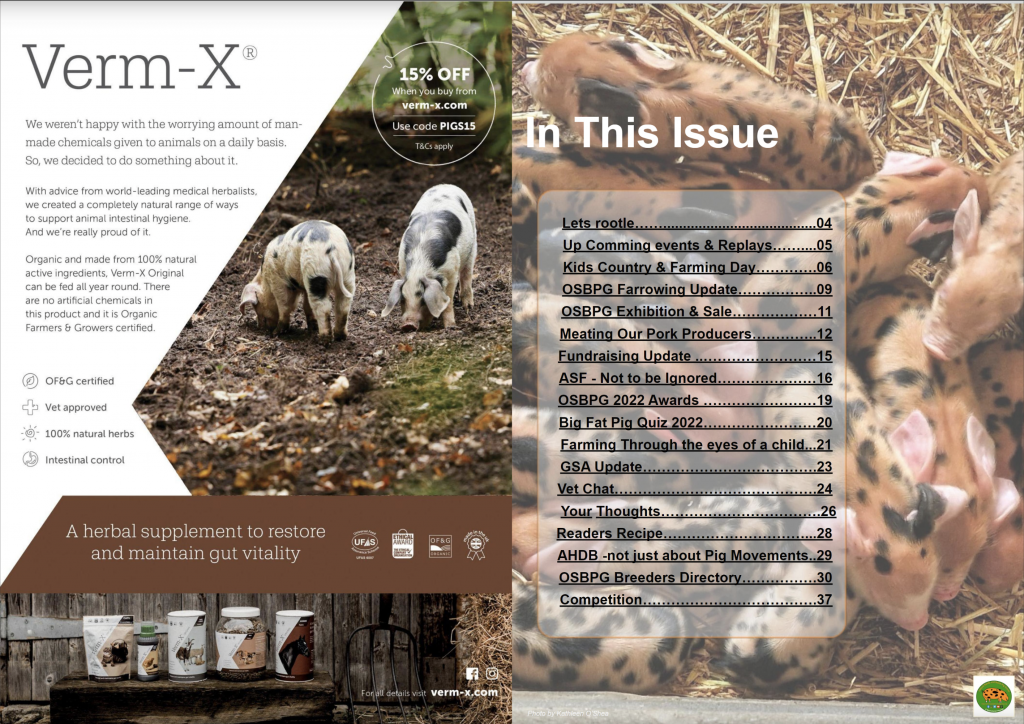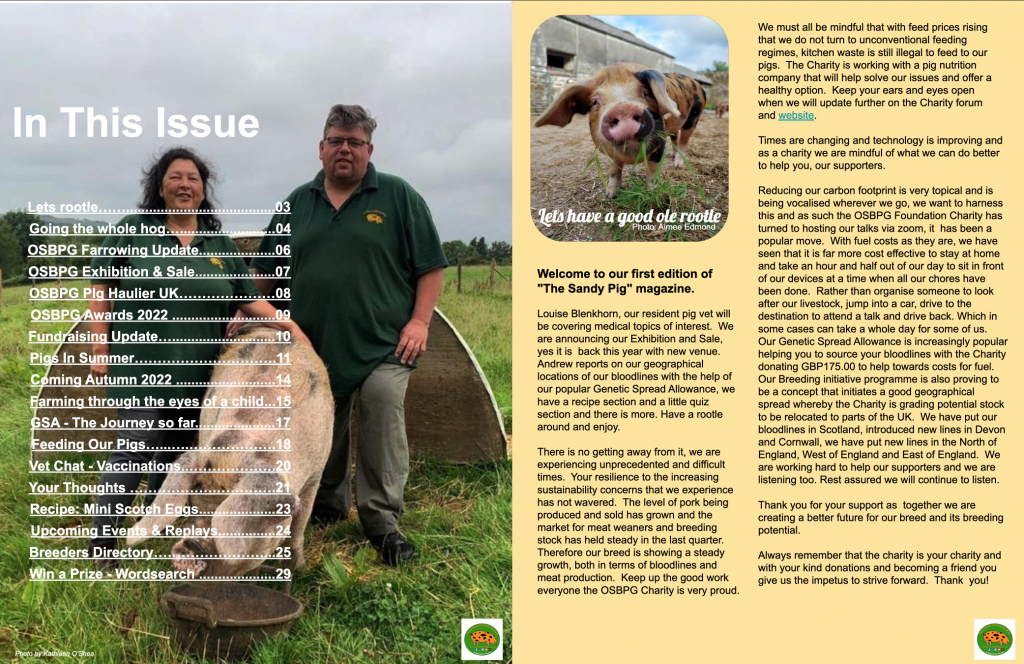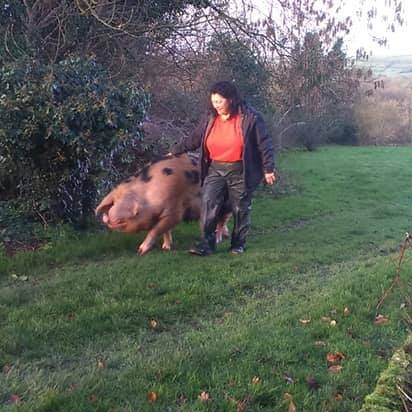
Coccidiosis affects all ages of pigs and is a tacky or watery diarrhoea, piglets do not seem to grow very well and can cause death in piglets. It stems from poor hygiene.
Causes
Coccidia are single cell protozoan parasites which multiply in the cells lining the intestine. Cystoisospora suis is the main pathogen of piglets and is responsible for the most coccidial diarrhoea. Cryptosporidium parvum, C. suis and other genotypes may also affect piglets but occurs commonly in weaned pigs and Eimeria species occur in weaned pigs, finishers and gilts but not in piglets. The resistant oocysts of Cystoisospora. suis are eaten and reach the upper small intestine where small sporozoites hatch and invade cells of the intestinal lining within 24 hours. They multiply asexually, damaging their host cell, to give rise to first stage merozoites and then to a further two stages within cells of the small intestinal lining. Each fourth stage cell reaches the lower part of the small intestine at about 4-5 days after infection and invades an epithelial (lining) cell to produce the sexual stage. Some become groups of microgametes and some remain single to become macrogametes. Mating in the gut produces oocysts which appear in the faeces as oocysts within 5 days of infection. Eimeria species multiply in the same way as C. suis, but Cryptosporidium remains in the absorptive, apical part of the cell and appears to prevent absorption of nutrients and causes cell death.
Transmission
Coccidia are passed out in the faeces and Cystoisospora suis oocysts develop within 48 hours at 24-27ºC into resistant hard walled sporulated oocysts which are infective. They are resistant to drying and can persist in piggeries and soil for up to 10 months. The major source of infective oocysts is the faeces of piglets aged between 2 and 4 weeks, when from 4,000 to 400,000 oocysts per gram may be present. Sows may pass a few oocysts and infect their litters, but the major source of both direct and indirect infection is the piglet. Transmission of Eimeria species resembles that of Cystoisospora, although the age range affected differ, but some Cryptosporidium species have more than one host species. The route of infection is oral in all cases.
Signs
Coccidiosis causes mal-absorption, diarrhoea, loss of condition and some deaths. The faeces of affected piglets may be whitish and firm, there may be transient pasty diarrhoea or profuse yellowish, watery diarrhoea between 5-15 days of age and most commonly from 7-10 days of age. Affected piglets may be thinner than unaffected litter mates and remain gaunt and hairy for some weeks thereafter. Severely affected piglets may die. Mortality rates may reach 20%. The diarrhoea responds poorly to antimicrobial therapy and slow growth occurs in recovered animals and diarrhoea rarely continues beyond weaning. Wasting and diarrhoea have been recorded in gilts, finishing pigs and wild boar infected with Eimeria spp. In experimental E. neodebliecki infection, frothy, mucoid diarrhoea occurred 9-12 days post infection. Most infections with C. parvum are asymptomatic (90% in one study). Clinical signs rarely appear before 3 days of age and are most commonly reported in piglets at 10-21 days of age. Affected piglets are depressed and pass a watery, sometimes brownish, diarrhoea, which may persist for 3-5 days. The organism can be recognised in the faeces of diarrhoeic weaners. Affected weaned pigs are often depressed and anorexic, in poor condition with a rough dirty coat and pasty faeces.
Treatment and prevention
Coccidiosis in piglets can be treated with trimethoprim sulphonamide and they should be supported with electrolyte. Toltrazuril given as an oral suspension by stomach tube on day 3 prevents diarrhoea, prevents oocyst shedding and can maintain piglet growth. Scrupulous attention should be given to hygiene in control, as the high levels of oocysts passed by piglets and their ability to survive for months make environmental contamination important. Sows should be cleaned on entry to the farrowing houses which should be disinfected or fumigated with methyl bromide or ammonia (final concentration 2%). Steam cleaning at 65˚C for 15 minutes and proprietary disinfectants can also be used to destroy oocysts. Less disease and oocyst shedding has been demonstrated on fully slatted cleaned floors. Trimethoprim sulphonamide may be given by injection or orally to older pigs with Eimeria species and the inclusion of an anticoccidial such as amprolium at 1 kg permix per tonne in sow feed for 7-10 days prior to farrowing and for 2 weeks afterwards will reduce the shedding of oocysts by sows and other pigs. No treatment has yet been shown to affect Cryptosporidia. The oocysts can be destroyed by the same disinfectants as those of the other coccidia.
Be aware
Cystoisospora and Eimeria infections are of no public health importance, but the pig may be a source of infection with Cryptosporidium for humans and vice versa.
